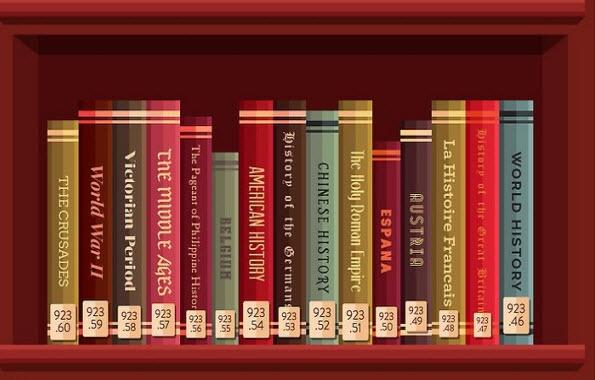You may remember learning about the Dewey Decimal System in school. First published in 1876, the system uses categories like title, author, subject, and alphanumerical numbers to organize books and help readers locate specific titles. And it’s still used by thousands of libraries worldwide.
You have also probably heard that the volume and complexity of information being produced by humanity is increasing exponentially, and navigating that information can be challenging. Fortunately, library cataloging systems like the Dewey Decimal System were precursors of digital metadata standards. Just as Dewey can be used to locate information in a physical library, metadata standards can be used to capture and locate digital information.
Often defined as “data about data”, metadata may be understood as information about (your chosen) stuff, which in the context of television is usually moving image content. Metadata captures information about content in a structured, predictable way—ranging from descriptive information such as Title, to administrative information such as Rights Holder or Usage Window dates, to technical information such as Frame Rate or Aspect Ratio. When used properly, metadata standards help organize data across the entire supply chain—from producers to consumers.
How We Got Here
Before Dewey, libraries used their own methods—or no method at all—to organize information. Similarly, in the early days of the move to file-based workflows individual organizations and even departments designed their own systems for collecting and managing metadata. This was fine until the time came to share information, when these unique policies and procedures resulted in information that was incompatible with any other system.
The growth of new technologies created a need for stations to organize and standardize their metadata collection methods. This resulted in the birth of shared standards like Dublin Core.
Now, there are so many metadata standards and other protocols that knowing which to implement when and how to combine them has itself become a challenge, but doing so has become even more essential.
PBS has adopted the following standards that transcend both linear and non-linear platforms, in order of priority:
- EIDR
- MovieLabs
- Gracenote
New on-demand providers such as YouTube and Netflix have transformed the media landscape and placed metadata at the heart of their business. It’s crucial to their utilization of new technologies—especially the cloud technologies that enable them to scale up to their growing audiences, their discovery and recommendations models, and their sophisticated analyses of audience behavior.
At the same time, new information tools and services have also appeared, such as the Entertainment ID Registry (EIDR), which provides unique, shareable identifiers for content and an associated metadata model. Utilizing these essential tools is becoming increasingly important within public television.
Stay tuned for our TechNew series on how to manage metadata.






